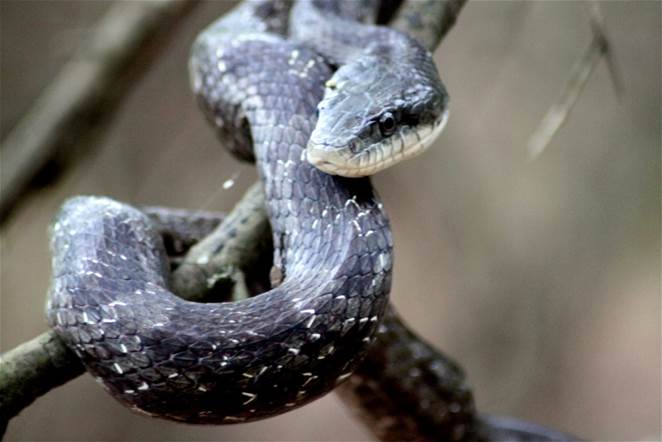The Fort Wayne Children’s Zoo is providing support for several projects associated with the ERC. Drs. Bruce Kingsbury and Mark Jordan, both faculty members in the IPFW Biology Department, and their graduate students, will benefit from the grants.
The projects and the persons working on them:
“Conservation Genetics of the Blanding’s Turtle, Emys blandingii, Using Whole-genome Analyses.” Victoria Wesolowski and Mark Jordan.
“Life in the City: Urban River Ecology of the Common Snapping Turtle in Fort Wayne, Indiana.” Kevin McLane and Bruce Kingsbury.
“Amphibian Occupancy in a System of Restored Wetlands.” Emily Stulik and Bruce Kingsbury.
“Response of Eastern Massasauga to Habitat Alterations by Fire and Forest Management at Camp Grayling, Michigan.” Sasha Tetzlaff, Michael Ravesi and Bruce Kingsbury.
The support is from the Zoo’s Conservation Fund. Cheryl Pirapato, the Zoo’s Education and Communications Director, says the Fort Wayne Children’s Zoo distributed more than $81,000 in support of local, regional, and international conservation efforts in 2013. “We are pleased to support the Environmental Resources Center.”
Thanks Fort Wayne Children’s Zoo!


